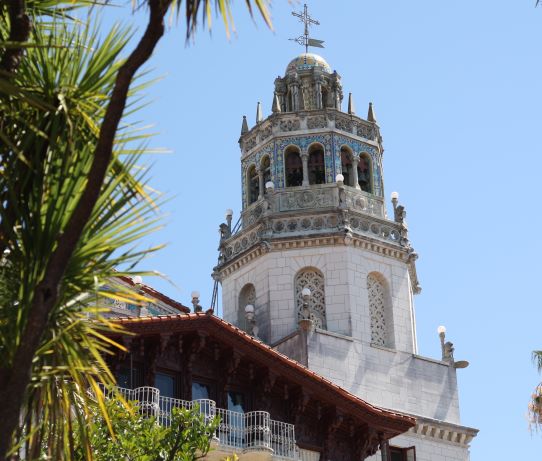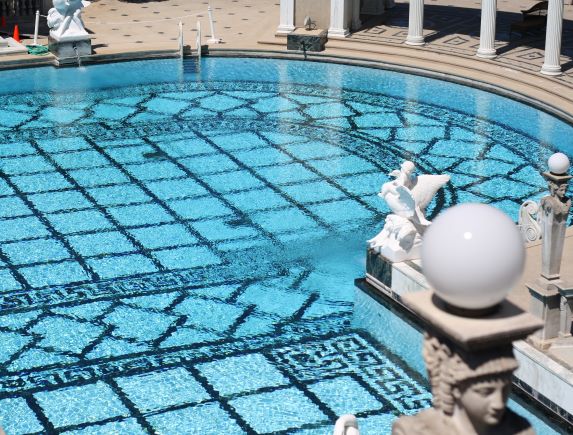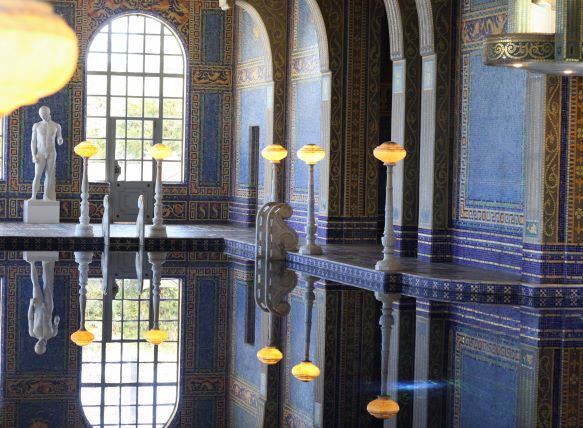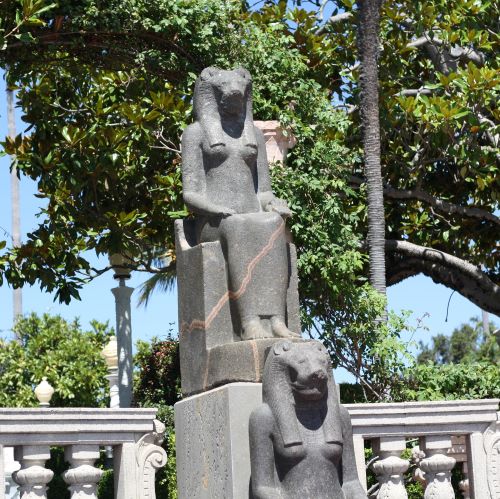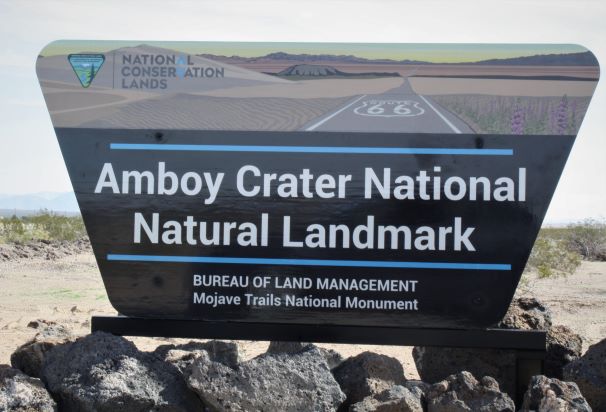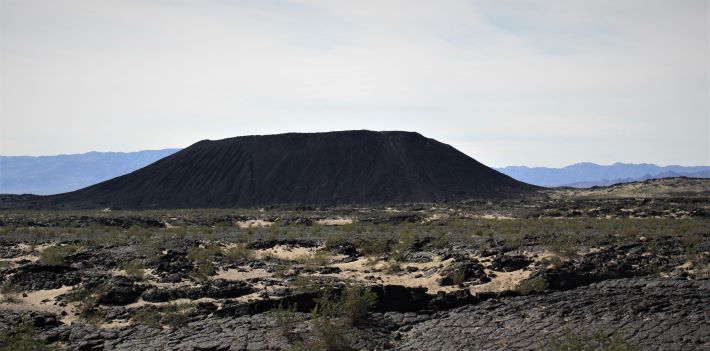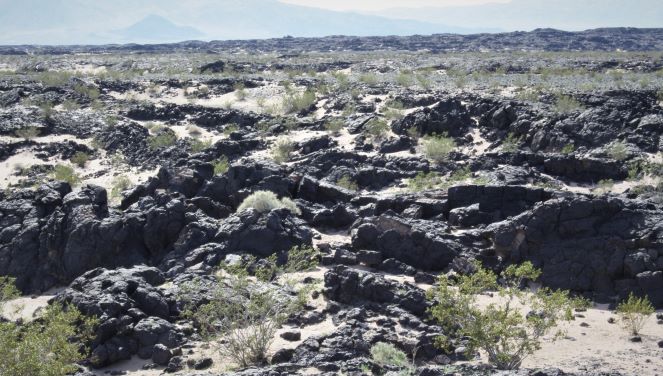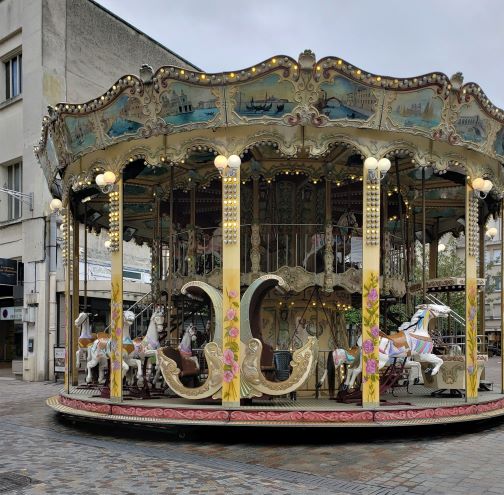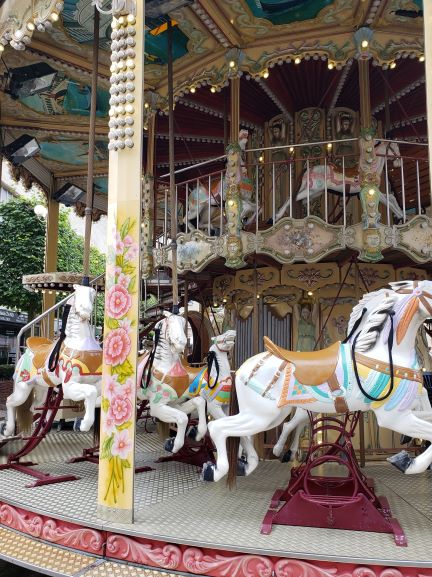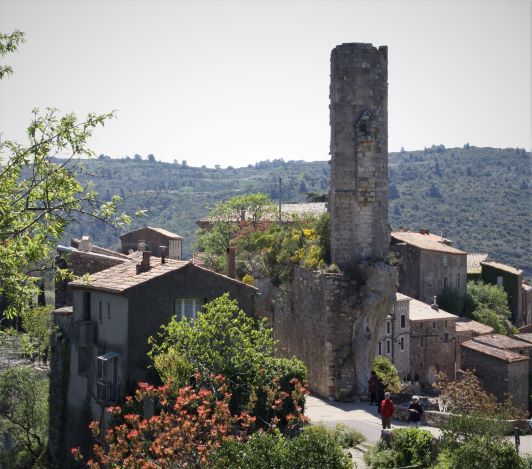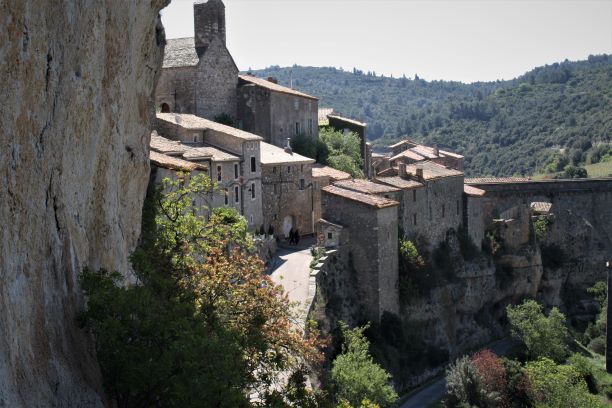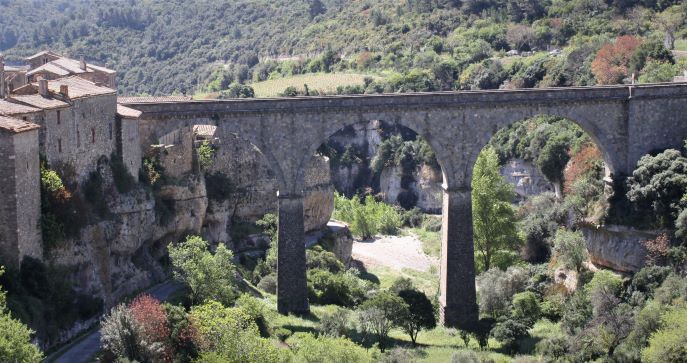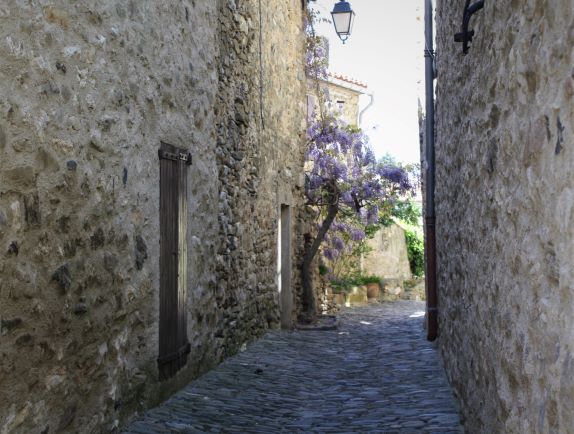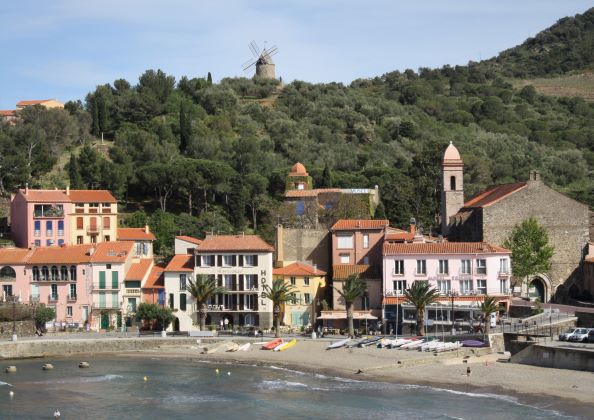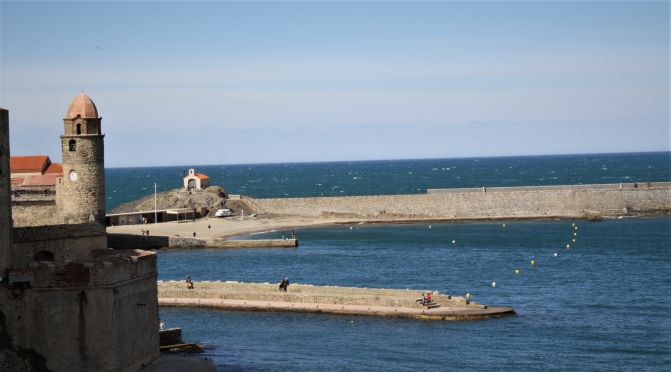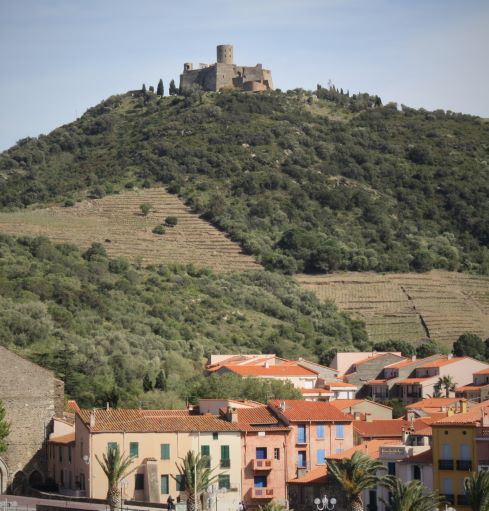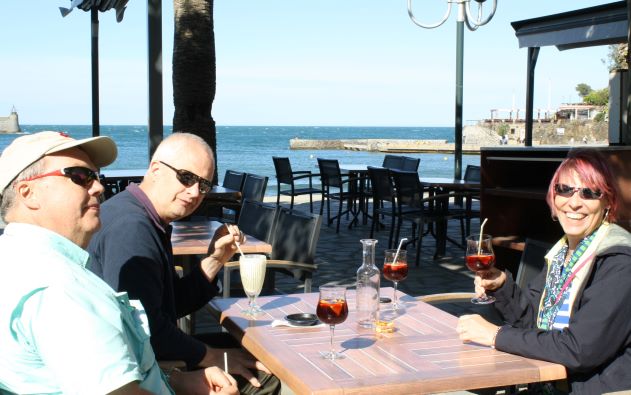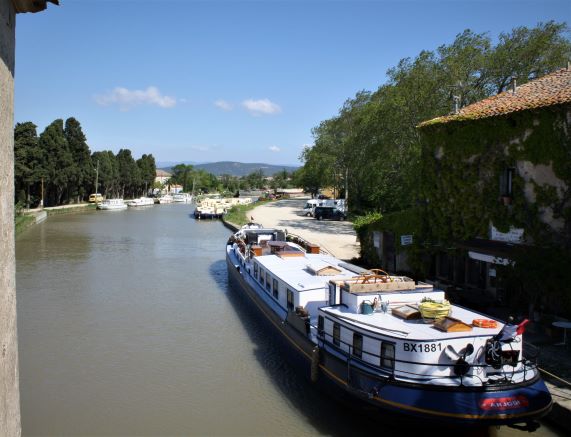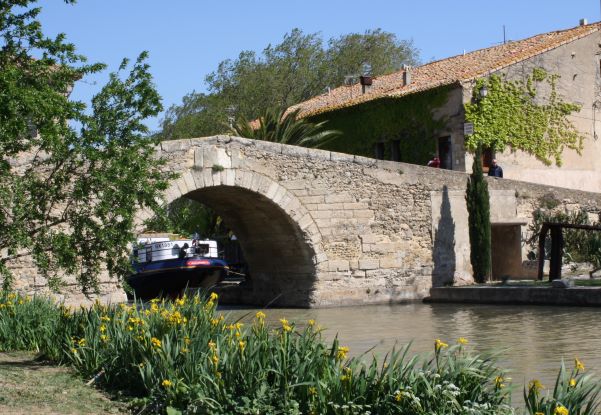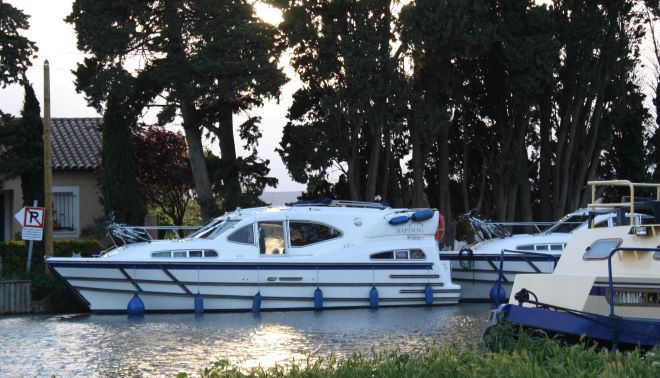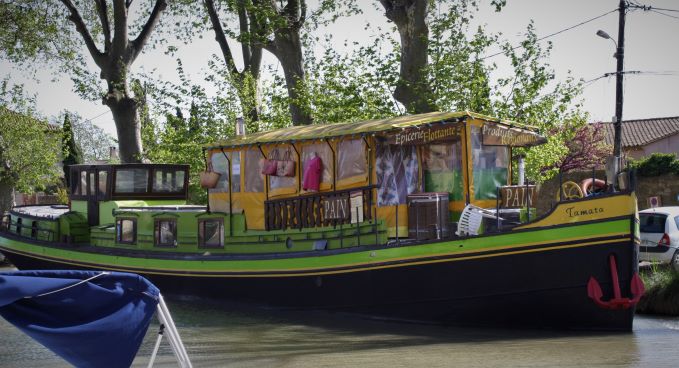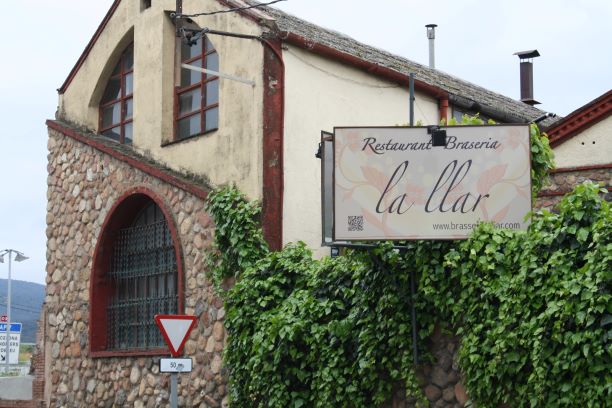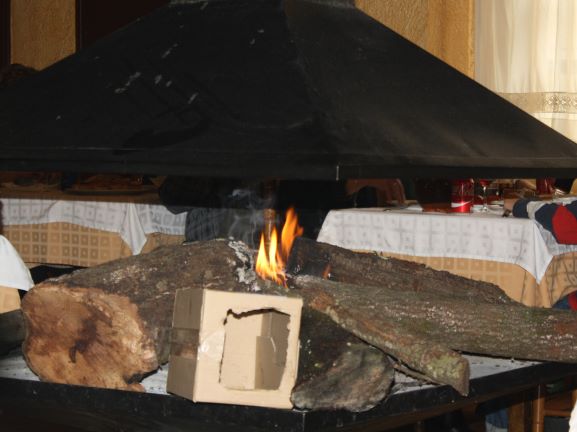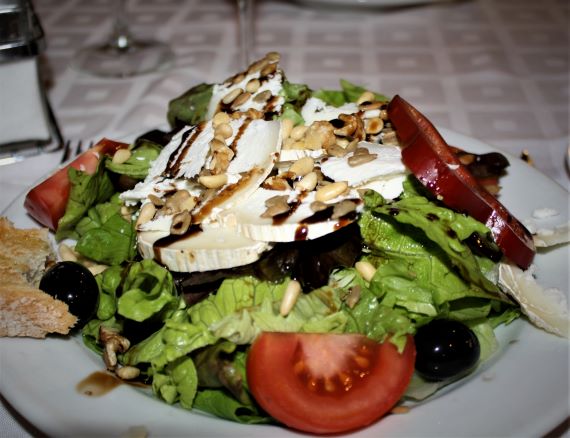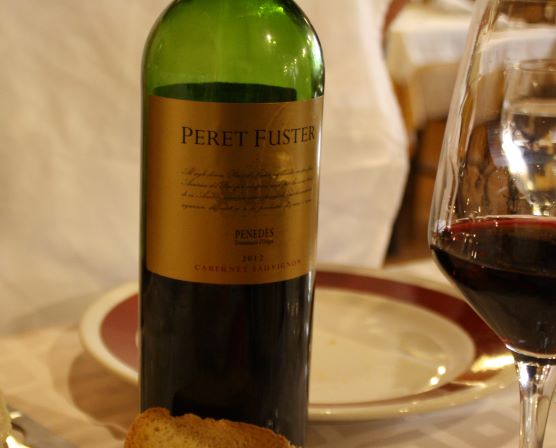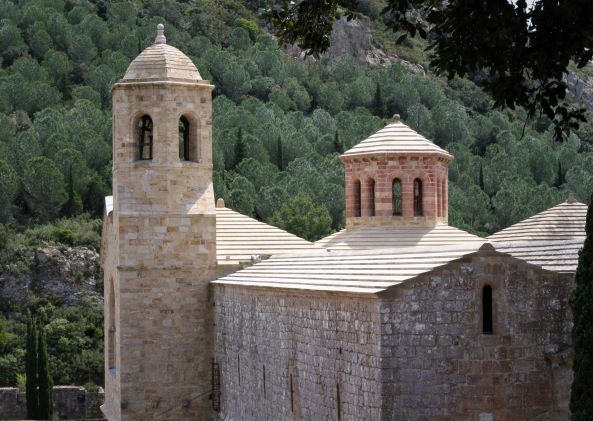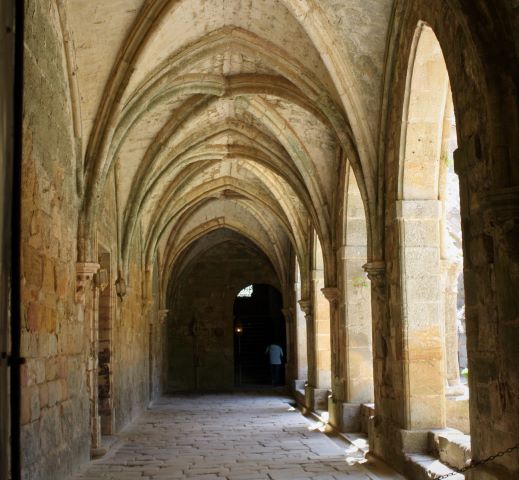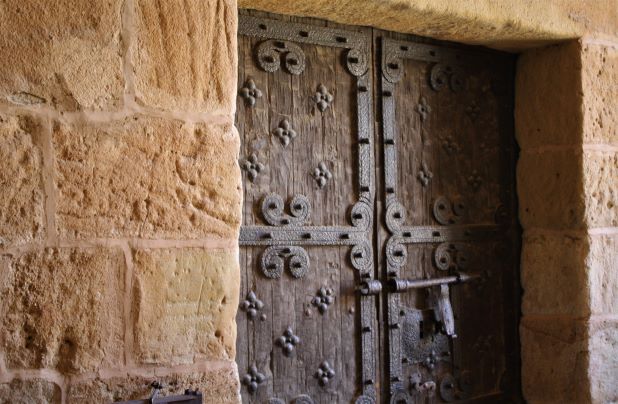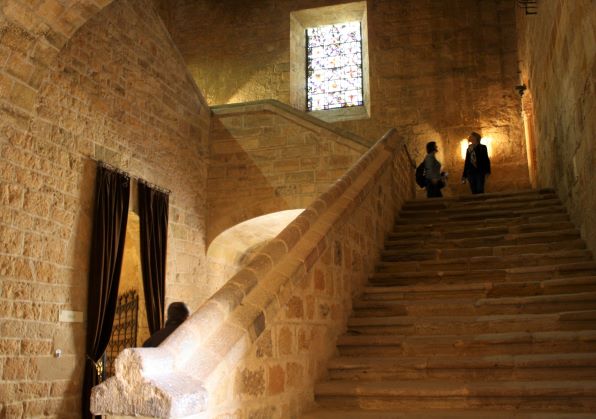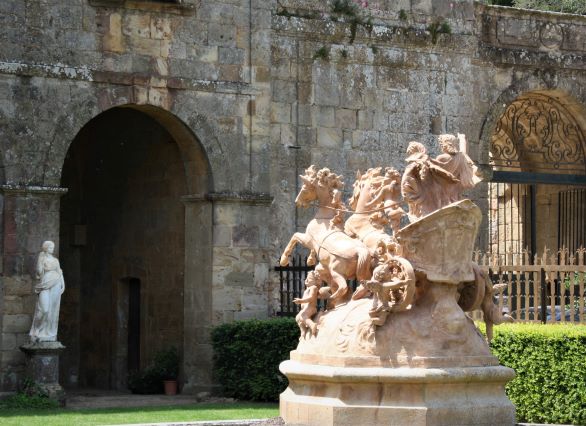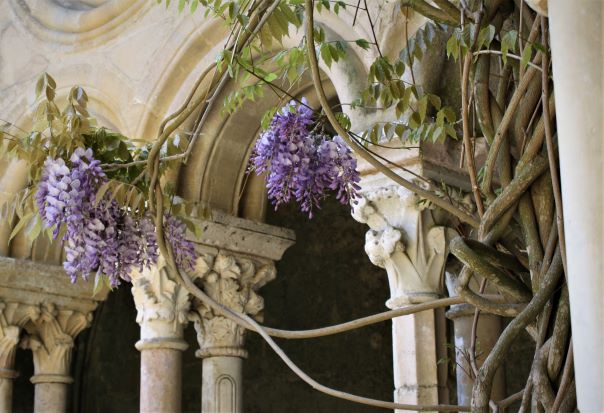If you landed in a seaside village with a mild Mediterranean climate and heard the term “Gibraltar of the Pacific”, would you have any idea where you were? Would it help if you saw a 576-foot volcanic plug sitting at the mouth of the harbor, a harbor the US Coast Guard regards as one of the most dangerous harbors in the nation? Here’s a hint. You’re about to visit the Central California coast. Morro Bay, to be exact.
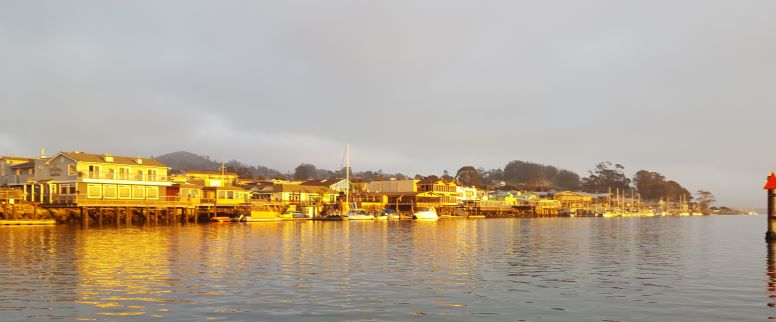
Morro Rock, the volcanic plug, was named by Juan Cabrillo during his voyage in 1542. He called it El Moro, supposedly as it reminded him of the Moor’s turbans. It was changed to Morro, meaning pebble, crown, or nose. This 22 or 23 million year old rock isn’t alone along this coast. It’s one of Nine Sisters of rocks, formed by volcanic activity and extending form Morro Bay to San Luis Obispo.
While the rock is impressive and easy to see why it’s compared to Gibraltar, there’s more to experience here than just sitting at a waterfront patio, sipping wine from a nearby winery, and watching dozens of otters play in the bay. Although, that’s not a bad way to spend a couple of hours. This is the central California coast where Morro Bay is just one of many seaside towns and villages.
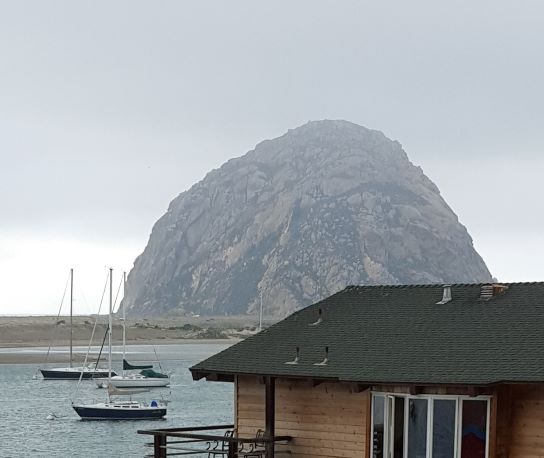
For some exercise, leave your car and walk to Morro Rock. No longer open for climbing, this massive rock becomes even more massive the closer you get. Peregrine Falcons and about 250 other species of birds call it home. From here, the giant waves hitting the seawall are spectacular. Prepare to get sprayed. Rent a kayak or paddle board and explore the bay up close. Sea lions and otters will keep you company as they play alongside you.
Looking for day trips along the central coast of California? Spend time in the Morro Bay State Park, just a few minutes from the center of Morro Bay. Plenty of trails to walk, birds to watch at the Heron Rookery Natural Preserve, interactive exhibits at the Museum of Natural History, and from November to February the roosting Monarch Butterflies are here. With plenty of sunshine, don’t forget your sunscreen.
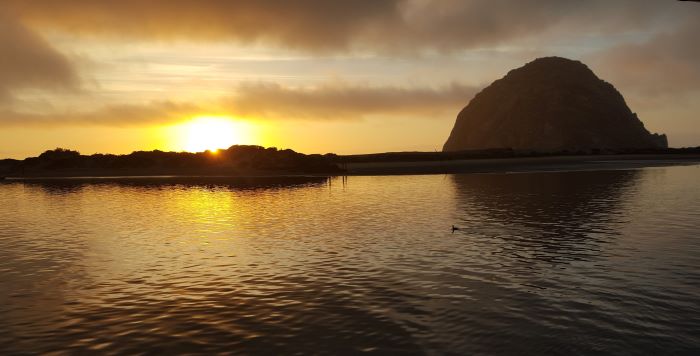
Want to wander a little further? A few minutes north is the beach town of Cayucos, which was named the best beach town in California by a popular travel magazine. Watch the waves, take a walk on the California Coastal Trail, or take a hike up to Black Hill.
Or, travel just 30 minutes north to San Simeon and visit the Hearst Castle. This is truly a museum, but not like any other museum you’ve ever experienced. The legendary William Randolph Hearst built and occupied this grand residence, the “Enchanted Hill”, overlooking the ocean and acres below it. Advance tickets are a must, but definitely worth it.
If you’re looking for award-winning wines to taste, head inland to Paso Robles. With over 200 wineries, many boutique and small family owned ones, the Paso blends of Bordeaux, Rhone, and Zinfandel varietals, are sure to please your palette. The proximity to the Pacific Ocean, numerous canyons and hills, a variety of microclimates all combine to create the perfect region for growing grapes. I bet you find some new favorites.
Wherever your day trip was, when it’s finished, head back to Morro Bay for dinner by the bay. Enjoy ocean-to-table seafood, wine from the Paso area, the cool ocean breezes after a warm day inland, and then bring your day to a close by watching the sun slip into the Pacific next to Morro Rock. Ships in the bay appear to be highlighted in a gold light and depending on the time of year, the sky glows pinkish or orange. Morro Rock’s reflection changes from minute to minute. Your camera will work overtime.
If You Go: Morro Bay is located 12 miles northwest of San Luis Obispo, California on California Highway 1. More trips can be found at https://travelsandescapes.net/
